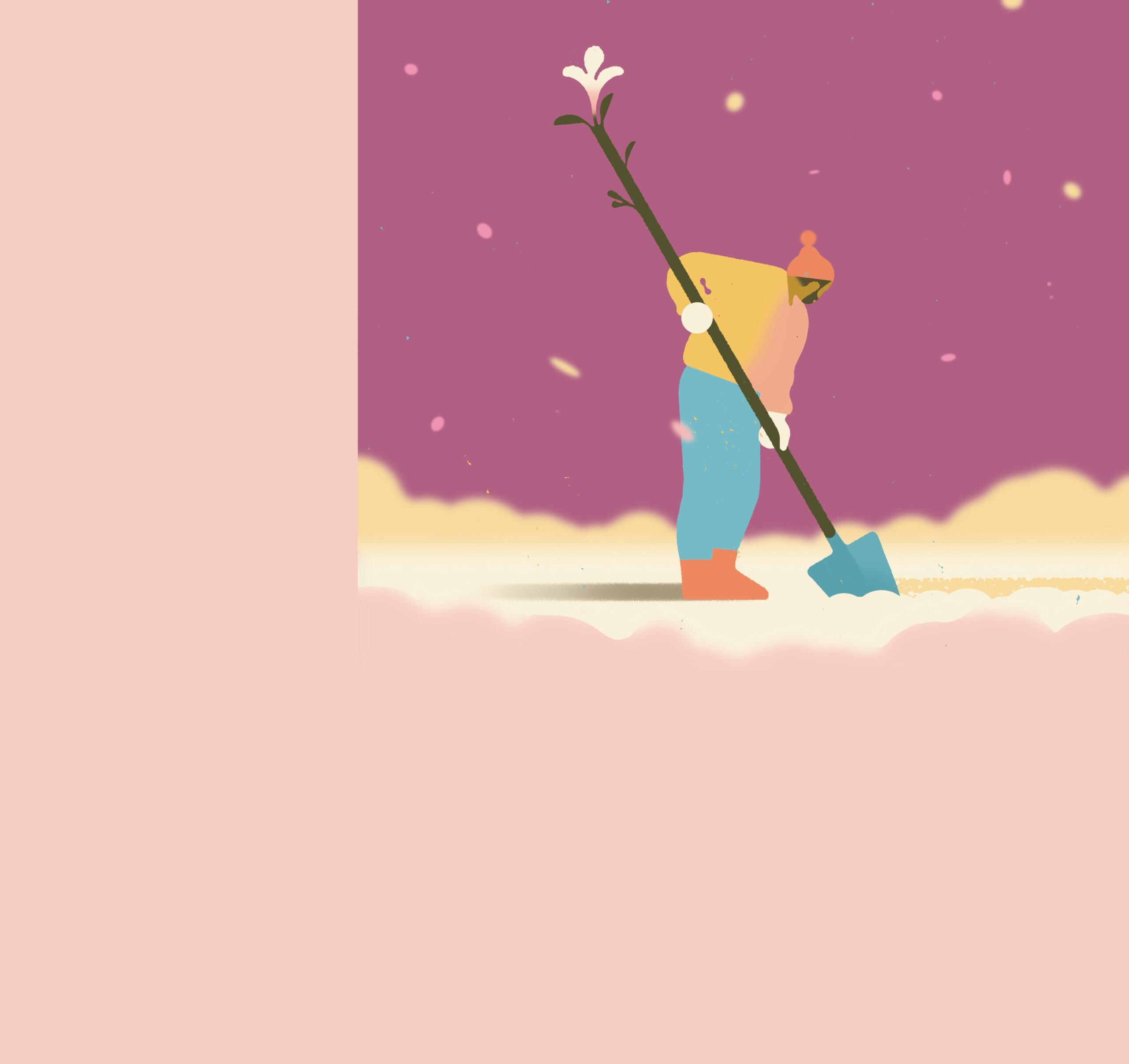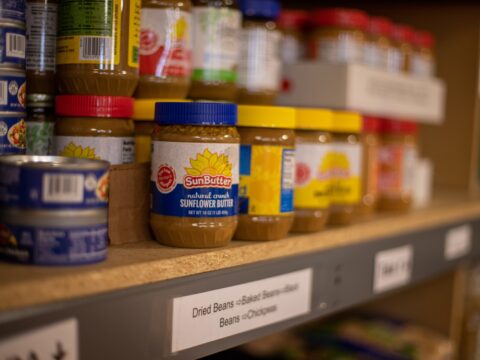A few years ago, when I was going through a particularly challenging time with my mental health, I woke up one morning and knew that I had to plant a garden. That idea — that knowing, really — felt like the first clear thought that I’d had in weeks, maybe even months, and I knew I had to act on it before the fog came rolling back in.
That afternoon, I went out and gathered the supplies I needed: packets of seeds, potting soil, a set of biodegradable pots in a plastic tray. I measured out the black earth, slipped the seeds inside and set the tray on the windowsill next to my bed. Then I sat back and waited to see if life would take hold in those little pots of darkness.
I was thrilled when, about two weeks later, tiny sprouts started nosing their way into the light. I felt like a magician who’d conjured life out of the lifeless. Here was this tray of dirt, this handful of seeds, and with a little love and water, I’d managed to turn them into rows of sturdy seedlings.
By the end of the summer, the plants had taken over my balcony, cucumber vines winding along every railing and tomato plants taller than I am, their stems dripping with rich, red fruit. There was just enough room out there for a little table and chair, and I would go out on August evenings to sit with a book and smell that wild green smell. Everything around me was alive, alive, alive.
Jesus was a gardener, too — or at least Mary Magdalene mistook him for one in the Gospel of John. Having just discovered the empty tomb, she assumed the man standing in front of her had moved the body. She didn’t realize who he was until he said her name. It was a strange moment in an already strange story. This was Mary’s beloved teacher, the person she’d been following around the country for months. Had the Resurrection radically altered Jesus’ appearance? Was Mary so blinded by her tears that she couldn’t see who was in front of her? Or was there something more?
Some biblical scholars believe that, out of all the types of people Mary might have mistaken Jesus for, the fact that she thought he was a gardener is significant. Jeannine K. Brown, professor at Bethel Seminary in St. Paul, Minn., argues in her book The Gospels as Stories: A Narrative Approach to Matthew, Mark, Luke, and John that the language used in the Gospel of John is a direct callback to Genesis with parallels to the Garden of Eden.
In Genesis 2:15, God puts Adam in Eden to “work and take care of” it, making him the first gardener. If the resurrected Jesus is the new Adam, the vessel through which humanity’s sins will be redeemed, then does he also take on that caretaker role? New Testament scholar N.T. Wright certainly thinks so, noting in his work John for Everyone that “this is the new creation. Jesus is the beginning of it…the new Adam, the gardener, charged with bringing the chaos of God’s creation into new order, into flower, into fruitfulness.”
More on Broadview:
- One church pub night showcased our age-old struggle to believe in the Resurrection
- Outdoor exhibition brings the Stations of the Cross to Toronto
- One aimless night, I got a sneak peek at heaven
But if Jesus is the gardener, it seems to me that he’s also the seed, planted in the cold earth only to emerge three days later full of the mystery of life. Whenever I think about the Resurrection, I remember that line in T.S. Eliot’s poem The Waste Land about breeding lilacs out of the dead land. It happens every year, but it still feels like a miracle to watch the winter-stripped world erupt into green. I get that same sense of awe around the winter solstice, when we plunge into the longest night and emerge into a new season of longer, brighter days. Christmas is a promise of light in the darkness, and Easter is the fulfilling of that promise. Alive, alive, alive.
The moments in the Gospels when I connect with Jesus the most are when his humanity shines through, when he’s scared, when he’s tired, when he doesn’t seem so sure of himself. Maybe that’s why I love this image of him as the gardener, because I know what tedious work gardening can be. It takes time and love and muscle to cultivate it, to see it through from its beginning as a handful of seeds to its leafy fullness.
Every year, I shed real tears over my seedlings: when I transition them outside and they struggle to adjust, when the rain floods their planters and begins to rot their roots, when the rodents and insects inevitably come for their fruit. But on the best days, I can feel how a garden, no matter what size, is a type of paradise. There is nothing more sacred, or more ordinary, than the world coming back to life every spring.
***
Anne Thériault is a freelance writer in Kingston, Ont.
This story first appeared in Broadview’s April/May 2022 issue with the title “If Jesus were a gardener.”















